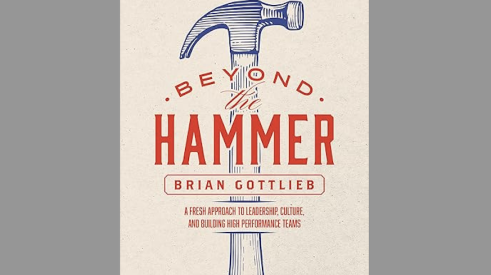Three common contract provisions—hold harmless, indemnification, and duty to defend—are often found together and so are lumped into one category in the minds’ of contractors. Typically, they take a form something like this:
The undersigned agrees to indemnify, defend, and hold harmless [NAME OF PARTY] against all claims related to the work including but not limited to [PARTIAL LIST].
These provisions are generally presented on a take-it-or-leave-it basis, so most contractors assume that they are interchangeable and just accept them, hoping for the best.
In reality, however, these provisions are not the same, and each one has serious implications. Let’s look at specifics:
Hold harmless. If drafted correctly, a “hold harmless” clause removes liability for certain damages or claims as set out in an agreement. Typically, a contractor would be agreeing to hold the homeowner harmless from liability, or a subcontractor would hold the GC harmless from liability. In either case, if a claim is made, the party in whose favor the hold harmless clause is written gets to pass on the claim to the party that agreed to hold them harmless.
Indemnify. This clause not only shifts liability from one party to another but requires the indemnifying party to compensate the indemnified party for any loss. Indemnification clauses, more so than a hold-harmless clause or duty-to-defend provisions, need to be carefully drafted in accordance with applicable guidelines, which differ from jurisdiction to jurisdiction. If incorrectly crafted, they will be unenforceable.
Duty to defend. This clause means just what it says and is a separate and distinct obligation from any duty to indemnify or duty to hold harmless. The duty to defend requires one to provide a defense and pay the legal expenses associated with such defense—no small obligation, especially when you consider that this duty is triggered whatever the merits of the claim may be.
Because construction disputes so often involve multiple parties and complex issues, the potential costs associated with each of these provisions can be significant. The cost of a legal defense can quickly outpace the cost of the actual claim. For example, a plumber brought in on a house remodel may only have a $10,000 contract to re-pipe the master bathroom. But when the plumber not only agrees to hold the GC harmless but also to indemnify and defend him if a claim arises associated with the plumber’s work, the plumber might find himself with an obligation larger than his contract and insurance limits.
General contractors seeking the best possible protection should be sure to obtain all three clauses from their subcontractors. This will provide some cover if the GC is hit with a claim from the homeowner. The subs will, of course, want to deflect these clauses and add that such provisions will only go into effect when the subcontractor’s negligent or wrongful acts or omissions directly lead to the claim. The generally accepted standard is that one will hold harmless, indemnify, and defend another only for its own negligent or wrongful acts.
When confronted with any of these clauses, step back. Read them carefully to be sure of what you’re getting into. It may be a lot more than you think.
---
Alexander Barthet, a Board Certified Construction Attorney, manages The Barthet Firm, an 11-lawyer construction law firm in Miami, and maintains TheLienZone.com construction law blog. alex@barthet.com
This article is for informational purposes only and is not legal advice. Consult your own lawyer, as laws may have changed or be interpreted differently depending on the facts of your specific situation.
Hold harmless, indemnify, and duty to defend each mean different things. Here’s why it matters.
Add new comment
Related Stories
3 Areas Successful Remodelers Focus On
Industry advisor Mark Richardson shares what separates the losing from the winning in today’s market
Peppermill Finish
The Neal’s Way Means Putting People First
For Neal’s Design Remodel, company culture is more than values on a wall. It’s everything.
Selling Your Company to Your Team
From company valuation to terms of the transfer, here’s a look at how three different remodelers made the deal work
Brian Gottlieb Receives Remodeling Mastery Award
Presented by industry icon, Mark Richardson, the award celebrated Gottlieb’s extraordinary impact on remodeling
What's Beyond the Hammer?
Working with Brian Gottlieb on the book Beyond the Hammer provided a masterclass on how to build an aligned team
Real AI Applications For Remodelers
Tech-forward remodeler Michael Anschel shares how he uses artificial intelligence in his business.
How to Eliminate Boring, Languishing Meetings
Leff Design Build ensures maximum productivity and efficiency through these straightforward methods
5 Counterintuitive Strategies to Improve Your Business
Follow these strategies to inspire employees, instill trust, and beat the competition
Couple Act As Much More Than General Contractors
How LBR Partners uplifts and educates their Spanish-speaking trade partners













